Greater Miami and its beaches-something for everyone
The world’s premier playground, Greater Miami offers visitors the best of all worlds — a rare destination where the cutting edge of urban chic co-exists with the beauty and splendor of a tropical paradise. Great year-round weather, top-ranked beaches and the sparkling waters of Biscayne Bay are the backdrops for a cosmopolitan metropolis, pulsing with the rhythms of its diverse population. Boasting a vibrant arts and cultural landscape, renowned nightlife scene and world-class dining and entertainment, Miami draws an eclectic mix of visitors from sizzling celebrities to frolicking families seeking fun in the sun.
Glorious weather has always been the main attraction, with yearly temperatures in Miami averaging 76F. Sun-kissed days feature bluer than blue skies, dotted with surreal cotton candy clouds. Gentle breezes keep things cool throughout the day, while sultry temperatures heat up clear Moon over Miami evenings.
Geographically and culturally at the crossroads of Latin America, it is easy to see why Miami is an attractive destination for travelers from South America. The city is equally popular with Europeans, Canadians and domestic travelers, thanks to direct flights, great highways and a range of accommodations and attractions suited for all budgets and lifestyles.
Located a few degrees above the Tropic of Cancer, Miami comprises a network of barrier islands, coral rock and mangrove swamps, connected by manmade additions of soaring bridges, stately causeways and panoramic roads. Miles and miles of white sand beaches hug the coastline, while the waters of the mighty Atlantic Ocean and tranquil Biscayne Bay gently envelop the city. To the south and west, Everglades National Park, the third largest in the U.S. National Park System is an unique 1.5 million acre eco-system of sawgrass prairies, mangrove swamps subtropical jungle and the warm waters of Florida Bay. Nearby, the primarily underwater Biscayne National Park is teeming with sea life and plants, and features living coral reefs as well as the longest stretch of mangrove forest left on Florida’s east coast within its 173,000 acres.
Back on dry land, a colorful array of exotic flowers and plants– purple bougainvillea, yellow allamanda and pink hibiscus are everywhere, while avocados, mangos and bananas flower and fruit in backyards. Coconut palms, stately royal palms and sea grape trees are ubiquitous. The sense of being in the tropics pervades, as wild parrots alight on telephone lines and the sweet scent of night-blooming jasmine fills the air after dark.
With an unparalleled mix of ethnic and cultural groups spread throughout the sprawling city’s environs, Miami offers visitors a new perspective on every corner; a mélange of images, sounds and tastes that range from the familiar to the exotic. A live and let live philosophy prevails, an essential attitude in a large city with so many different points of view. Visitors instantly pick up on the local laid-back mood; and stress melts away upon arrival at Miami International Airport, a short drive to most major destinations, hotels and motels.
A meandering collection of more than 35 municipalities spread out over 2,000 square miles, Greater Miami is home to more than 2.4 million people. More than half of its residents claim Spanish as their native language, while the lilting tones of Portuguese, French, Creole, Italian, Russian, Yiddish, German, Italian, Dutch and Hebrew are also heard throughout the city — in the homes, cafes and gathering spots of the dozens of Miami’s distinctly different neighborhoods. Some areas, like South Beach’s Art Deco District, are internationally renowned, while other less-heralded burgs like South Miami and Hialeah are hidden treasures waiting to be uncovered by intrepid explorers. Following is a snapshot of Greater Miami neighborhoods and towns at a glance:
South Beach/Art Deco District/Ocean Drive: Located at the southern end of Miami Beach, South Beach’s Art Deco District is a whimsical collection of more than 800 architecturally protected buildings from the 1930s and 1940. It has been anointed the “American Riviera” in a nod to the unmistakable air of casual chic that permeates the district. The transformation of South Beach from a downtrodden slum into a pastel wonderland of painstakingly renovated architectural treasures has brought global fame for the historically protected Art Deco District and its glorious beaches and fabled nightlife. An international symbol for Miami, this popular visitor destination is home to a wondrous mix of luxury resorts, boutique hotels, inexpensive hostels and moderately priced national chain hotels. Ocean Drive is known worldwide for its see-and-be-seen cafes, bikini-clad in-line skaters and beaches packed with beautiful young sun seekers, while trendy Lincoln Road has emerged as a lively magnet for culture, entertainment and shopping.
Miami Beach: The rest of Miami Beach continues to thrive, reaping the benefits of its proximity to the Art Deco District’s plentiful entertainment and dining offerings. Hotels that put Miami Beach on the map during the swinging 60s, including the Eden Roc and Fontainebleau Hilton are still going strong, while neighborhoods like funky Surfside and a revitalized North Beach draw many with unpretentious charms, great local restaurants and easy beach access. North Beach’s Ocean Terrace — a five-block stretch just south of expansive North Shore Park — is fast becoming a smaller version of South Beach with its inviting oceanfront cafes. Hotels, restaurants, quaint shops, and an uninterrupted concentration of MiMo (Miami Modern) 50s and 60s era apartment buildings give the entire neighborhood a unique character, as does a recent influx of Brazilian and Argentine immigrants who have added character and flavor to the neighborhood with numerous shops and eateries.
Bal Harbour: Bal Barbour and the Bay Harbour Islands are quiet upscale residential communities notable for the Bal Harbour Shops, continually ranked one of the top shopping destinations in the world for its concentration of designer boutiques including Gucci, Fendi, Tiffany’s, Roberto Cavalli and countless others.
Sunny Isles Beach: This community is a favorite among French-Canadian and European tourists who are drawn to the laid-back casual vibe, seagrape studded-beaches and affordable motel-style accommodations. The area is going more upscale with new luxurious accommodation and condos becoming part of the mix — including Ocean Pointe, Trump International Sonesta Beach Resort, Acqualina Hotel and the new Homewood Suites.
Downtown Miami: Downtown Miami is a hub for international business and finance, with soaring office towers and ultra-modern condominiums lining Brickell Avenue. American Airlines Arena (home to the Miami Heat), Bayside Marketplace (a waterfront shopping and dining destination) and Bayfront Park (an outdoor concert amphitheater) draw residents and visitors. Nearby on tony Brickell Key, the Mandarin Oriental, a AAA Five Diamond resort, has received rave reviews for its beautiful design, world-class service and award-winning restaurants.
Overtown: Just north of downtown, one of Miami’s oldest African-American neighborhoods, Overtown, is on the upswing. In its heyday in the 1920s through 1940s, Overtown was Florida’s version of Harlem — a thriving black community where businesses and community life prospered, including an entertainment district anchored by the historic Lyric Theater. Today, revitalization is underway to restore the neighborhood’s historical legacy with renovations of the Lyric, the Greater Bethel AME Church and the D.A. Dorsey House (home of Miami’s first black millionaire.)
Miami Design District: Also near downtown, Miami’s Design District is fast becoming the center of the home furnishings and interior design industry in South Florida with a dense concentration of design and furniture showrooms all within walking distance of one another. Unlike most other design centers, these are open to the public as well as the trade. Add excellent art galleries and trendy restaurants to the mix, and the area has made it to the top of to do lists for design savvy visitors to Miami. Meanwhile, upscale restaurants, funky boutiques, even a gourmet hot dog shack are sprouting along Miami’s Biscayne Boulevard, serving the increasingly gentrified surrounding neighborhoods of Buena Vista, Morningside, Belle Meade and Bayside.
Little Havana: It is rumored that one could spend a whole day in Little Havana without hearing a word of English spoken. Saturated with Cuban culture, Little Havana’s main thoroughfare, Calle Ocho (Eighth Street) is lined with restaurants featuring Latin specialties and cafes where men sip cafecitos and play dominos and argue about politics all day. Here, artisans still hand-roll cigars, and tailors create custom guayaberas (traditional linen shirts), while the sounds of salsa and merengue fill the air. Although Little Havana remains Cuban to the core, the area reflects the existence of many other Spanish-speaking immigrant groups in Miami. Restaurants on Calle Ocho showcase the cuisines of Nicaragua, El Salvador, Mexico, Colombia and other Latin countries.
Coconut Grove: South of downtown where the foliage becomes lush and tropical, Coconut Grove was legendary in its heyday as an arts colony. Today, the culturally diverse locality draws throngs of tourists and residents to its restaurants and cafes, art galleries, boutiques, movie theaters and bookstores. Home to popular attractions like Vizcaya Museum and Gardens, (an Italian Renaissance mansion), and the Barnacle, historic home of Miami pioneer Ralph Monroe, the Grove honors its artistic roots each February with the Coconut Grove Arts Festival, the nation’s largest annual outdoor celebration of visual arts and crafts. Every New Year’s weekend, the Grove nods to its beatnik past with the low-budget but hilarious King Mango Strut, a political spoof parade.
Coral Gables: Designed and planned in the 1920 by early Miami developer George Merrick, Coral Gables features beautiful Mediterranean-style homes and winding waterways. Renowned for world class dining and home to a flock of top galleries that present the crème de la crème of Latin American and Spanish art, Coral Gables recently welcomed the Village of Merrick Park, Miami’s newest upscale shopping mecca. Merrick Park features 115 haute couture fashion and home décor shops and boutiques, as well as several gourmet restaurants in a lushly landscaped setting.
Key Biscayne: This secluded paradise is just a few miles from downtown yet worlds apart, with miles of hiking and biking trails, boating and water sports, beaches that continually rank in the top ten, top-notch tennis and golf facilities and upscale resort properties. It is also home to Miami Seaquarium, where the popular television show Flipper was filmed in the 1960s.
South of Miami: The agricultural bounty of Miami’s mild climate becomes apparent as visitors head south of Miami to Redland and Homestead, with vast fields of strawberries, tomatoes and other fresh produce, en route to Everglades National Park and Biscayne National Park. Robert Is Here is a popular stop on the way to the Parks. The roadside stand has garnered international acclaim for fresh fruit shakes and unusual produce. Many of the area’s tourist attractions are located here including Miami Dade Metrozoo, Monkey Jungle, Everglades Alligator Farm and the Fruit and Spice Park.
North of Miami: Considered part of greater North Miami Beach, Opa Locka, designed in the 1920s as an Arabian Nights fantasy, features the largest concentration of Moorish architecture in the Western hemisphere. In addition to North Miami, North Miami Beach and other primarily residential areas, the northern part of the city is home to Aventura, known for towering luxury condos, Turnberry Isle Resort and Club and great shopping, including the mammoth Aventura Mall. Just twenty minutes from downtown, Pro Player Stadium, host to the Miami Dolphins football club and the world champion Florida Marlins baseball team straddles the county line.
For more information, visit www.MiamiAndBeaches.com. The Greater Miami Convention and Visitors Bureau is an independent not-for-profit sales and marketing organization whose mission is to attract visitors to Greater Miami and the Beaches for leisure, business and conventions. For a vacation guide, visit our website or call toll-free at 888-76-MIAMI (US/Canada only) or call 305-447-7777. To contact the Greater Miami Convention and Visitors Bureau offices call 305-539-3000.
 United Kingdom
United Kingdom United States
United States Asia Pacific
Asia Pacific

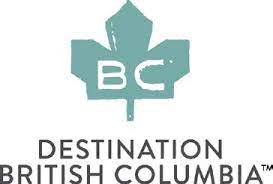


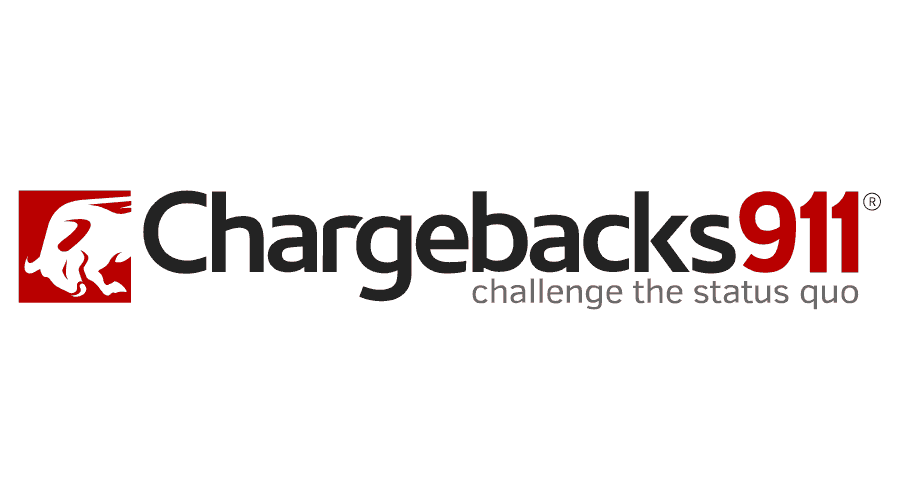

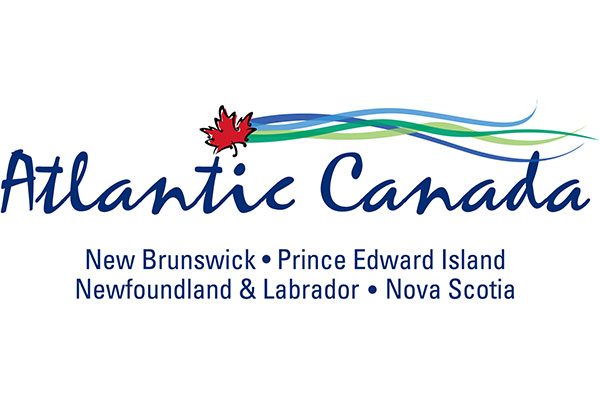




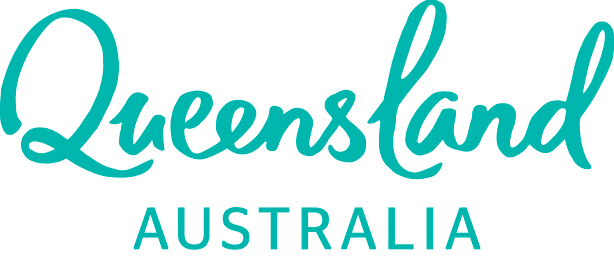
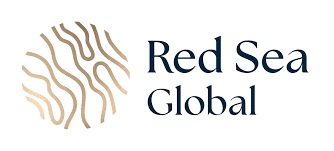






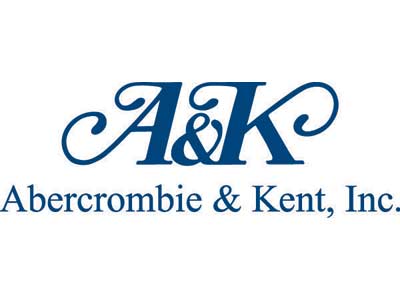
















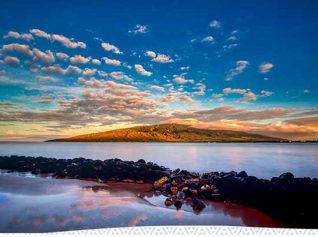
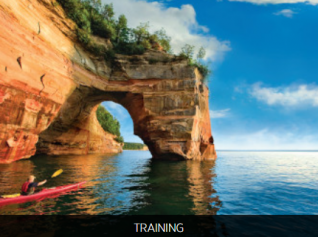
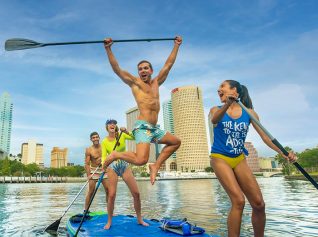





EU airports bring back 100ml liquid rule
CLIA: Anti-cruise demos could cause itinerary changes in Europe
Co-pilot faints, easyJet flight issues ‘red alert’
Dozens fall ill in P&O Cruises ship outbreak
Woman dies after getting ‘entangled’ in baggage carousel